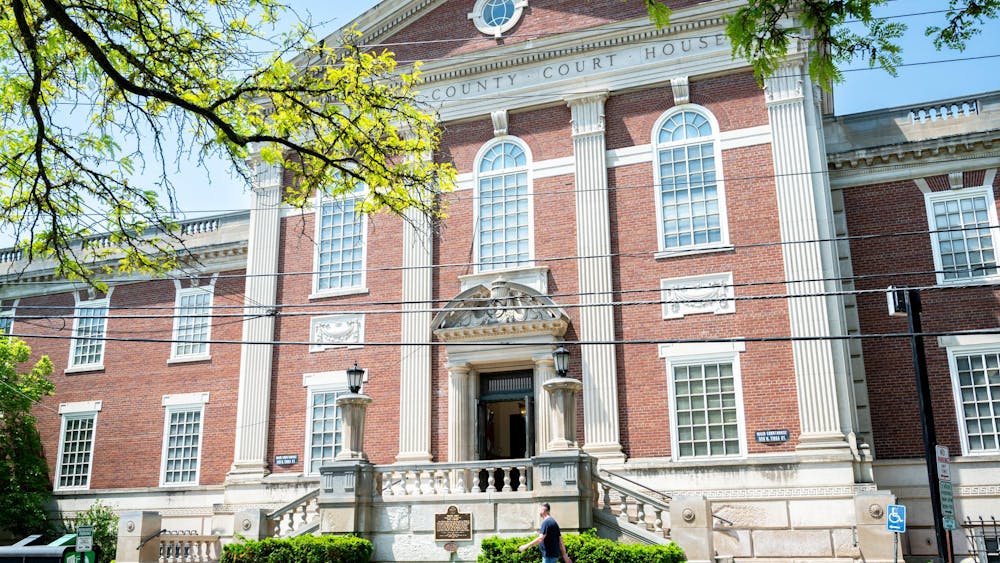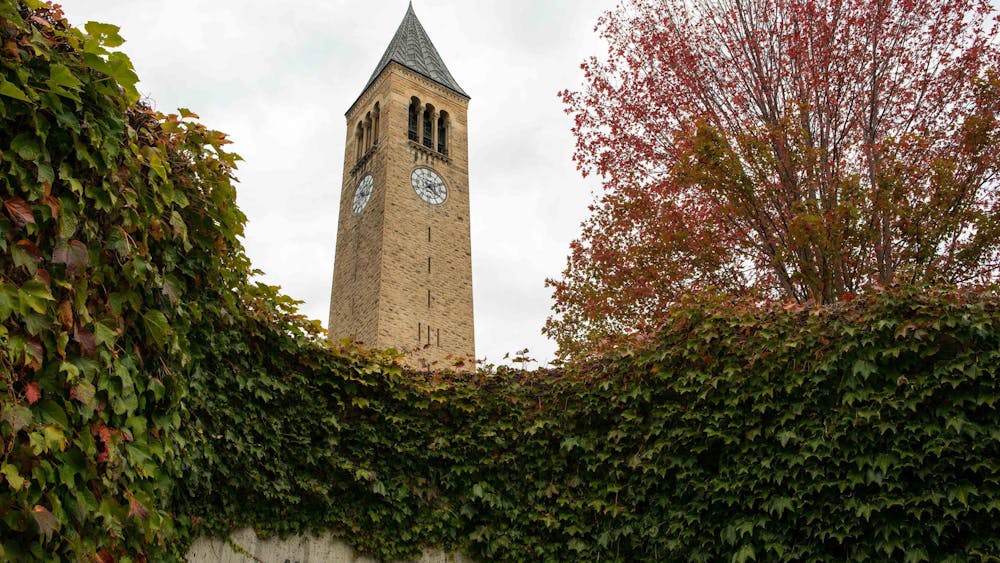Imagine your business has plummeted so far into fiscal loss that its inevitable demise has been covered in every major news outlet for years. Now imagine that in the last year, you’ve managed to open dozens of locations and make huge financial gains. What did you do that changed the outcome so drastically? This is the story of how Barnes and Noble made one of the most unprecedented comebacks of the last decade.
Though Barnes and Noble was plummeting in profits and store locations, it has recently made a comeback, opening 57 new store locations in 2024. For the bookstore giant, whose death bell every major news source has been sounding for years, this is an unprecedented victory. What changed? Surely, we haven’t suddenly started buying that many more books…right? No, the answer lies in Barnes and Noble coming back to what it actually means to be a bookstore, not just a commercial location for selling books.
Firstly, what made Barnes and Noble fall behind in the market so much in the first place? It did not provide the same low prices that Amazon and other online retailers did, nor did it offer the appeal and aestheticism of local bookstores. It was no longer competitive within its niche. Barnes and Noble had become a sort of book-ish convenience store lined with aisles and an endless, almost encyclopedic, amount of books provided at every location. Without either of the two appeal factors that bring in shoppers, Barnes and Noble quickly began to plummet in profit margins and close down many locations.
Now, what changed? Barnes and Noble was acquired by Elliot Advisors, the same parent company that owns Waterstones. Due to that acquisition, Barnes and Noble was placed under the care of James Daunt (yes, the same James Daunt who founded Daunt Books), who completely turned the game around in terms of how Barnes and Noble positioned itself. No longer were its locations going to look like a giant book supermarket. Each location would function as a representative of its locality and the people coming to the store. As CEO, Daunt implemented a new strategy for Barnes and Noble to have bookstores that were smaller, full of books that were hand-picked for the community, and would have more unique aesthetics across every store rather than having every location use the same shelving, furniture, and decor. Even the lines of shelves were done away with in favor of the more familiar maze-like layout of the traditional book store. In short, every Barnes and Noble location began to function as an independent bookstore where the manager and employees were delegated the authority to implement sales and curate book offerings with autonomy. This is what brought people back to Barnes and Noble.
I would argue here that Barnes and Noble’s marketing strategy worked because it tapped into the most innately human feeling: a craving for community and recognition. Bookstores are not just about buying books. We can do that almost anywhere. Airports sell books, online retailers sell books and we even have libraries where we can borrow them. No, bookstores are a space for the community to come together. When people walk into their local bookstore, they enjoy knowing the employees, navigating the winding aisles and running into books that are familiar, seeing kids attending book readings and encountering aesthetics relevant to their locality. There is this feeling of coming home to a bookstore. It reminds us of the city we are in, the people that live around us and the things that innately bring us together but also set us apart from other parts of the world. By handing over control (to some extent) back over to the community, Barnes and Noble has tapped into this local and communal charm that draws so many people in. It has returned to what it truly means to be a bookstore. After all, books are not just random commodities. They are objects of imagination and connection. The places where they are sold should reflect that.
Lusine Boyadzhyan is a sophomore in the College of Arts and Sciences. She can be reached at lboyadzhyan@cornellsun.com.











